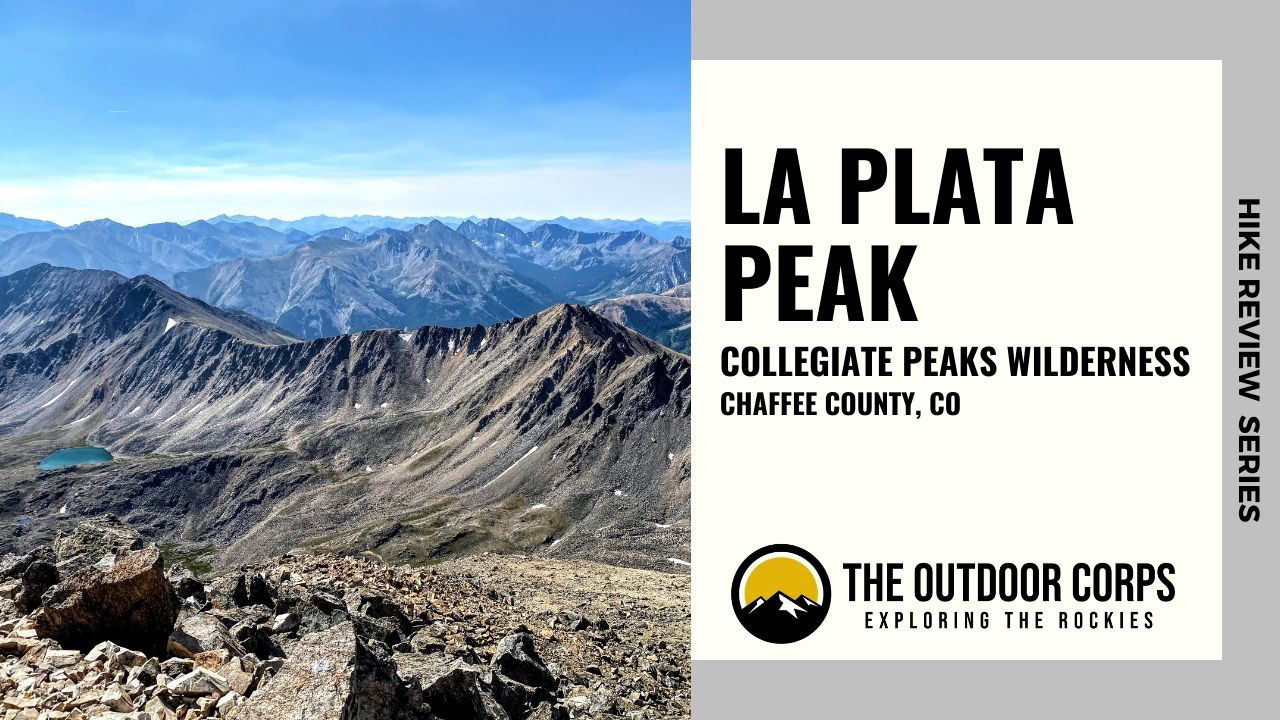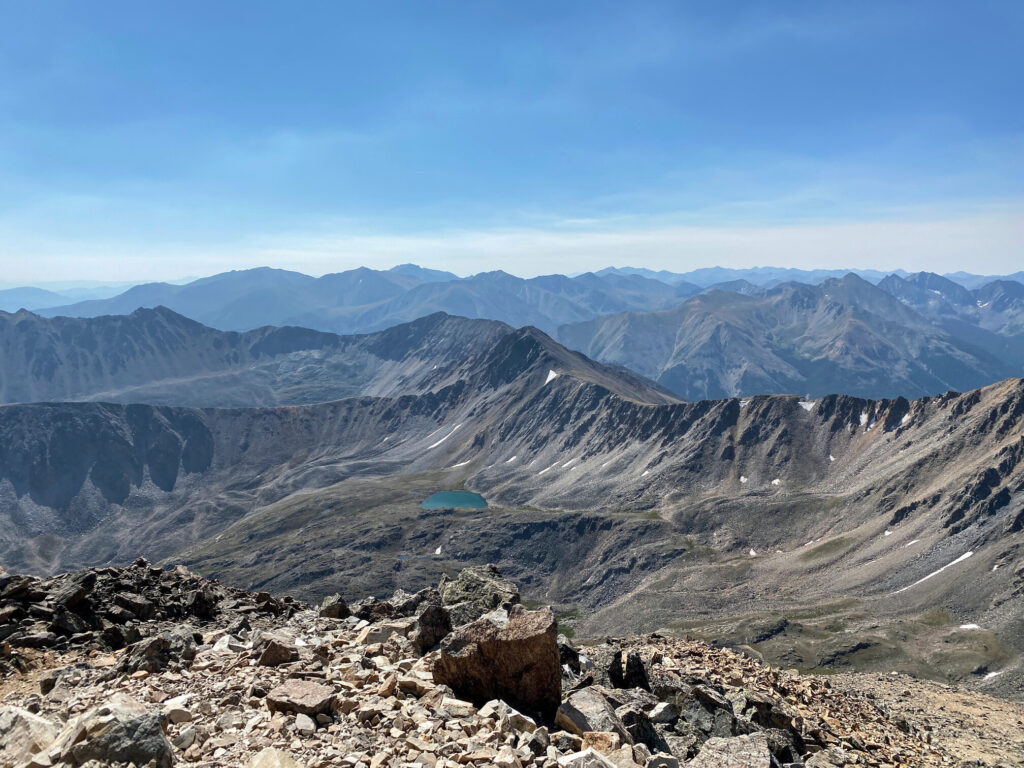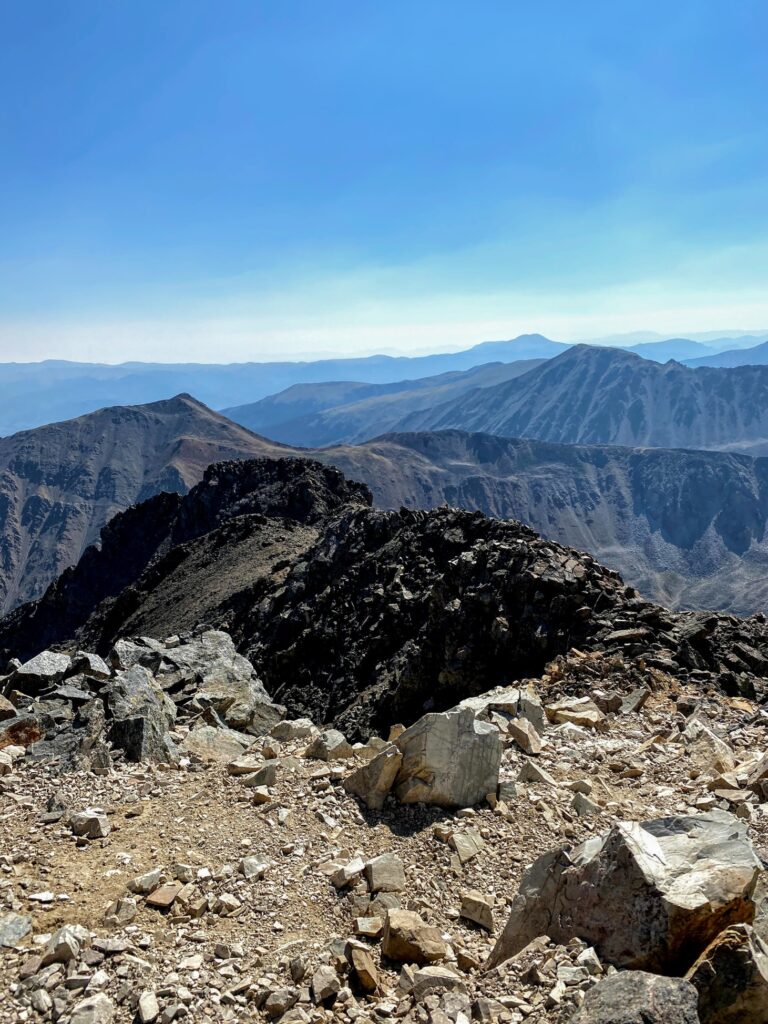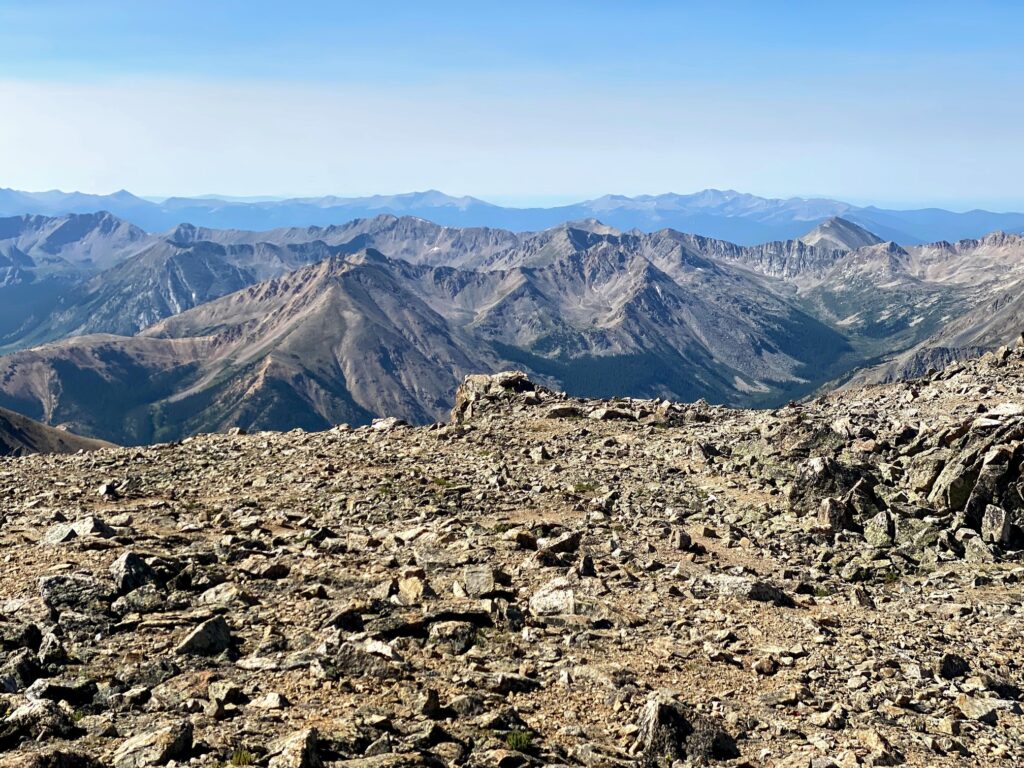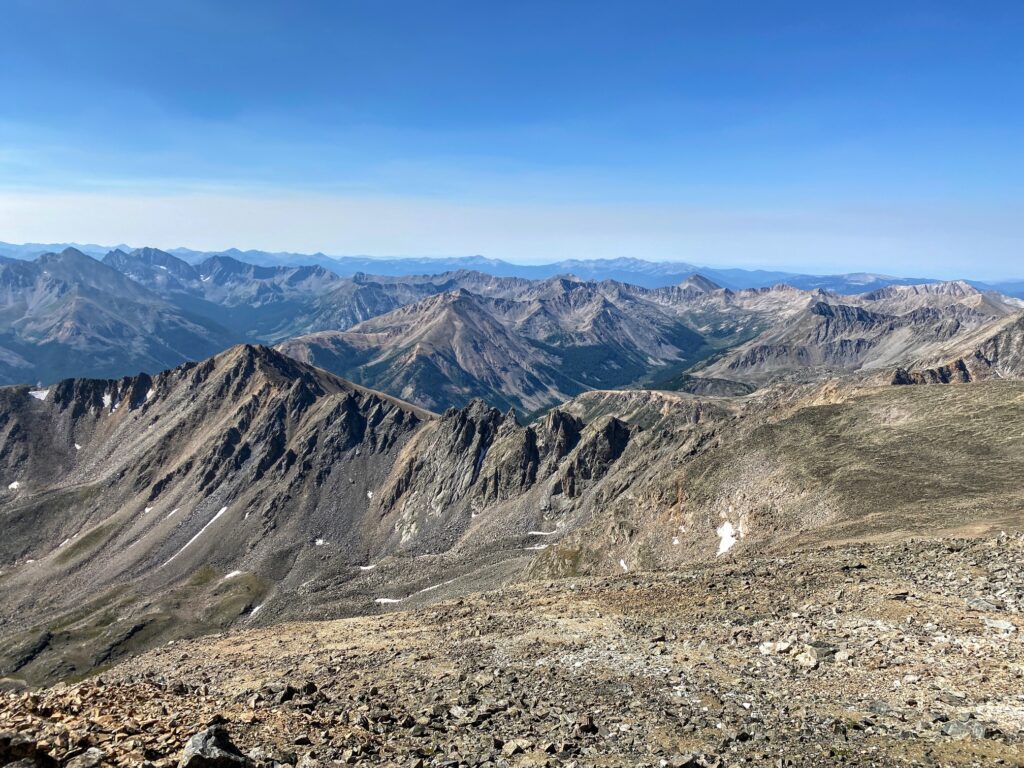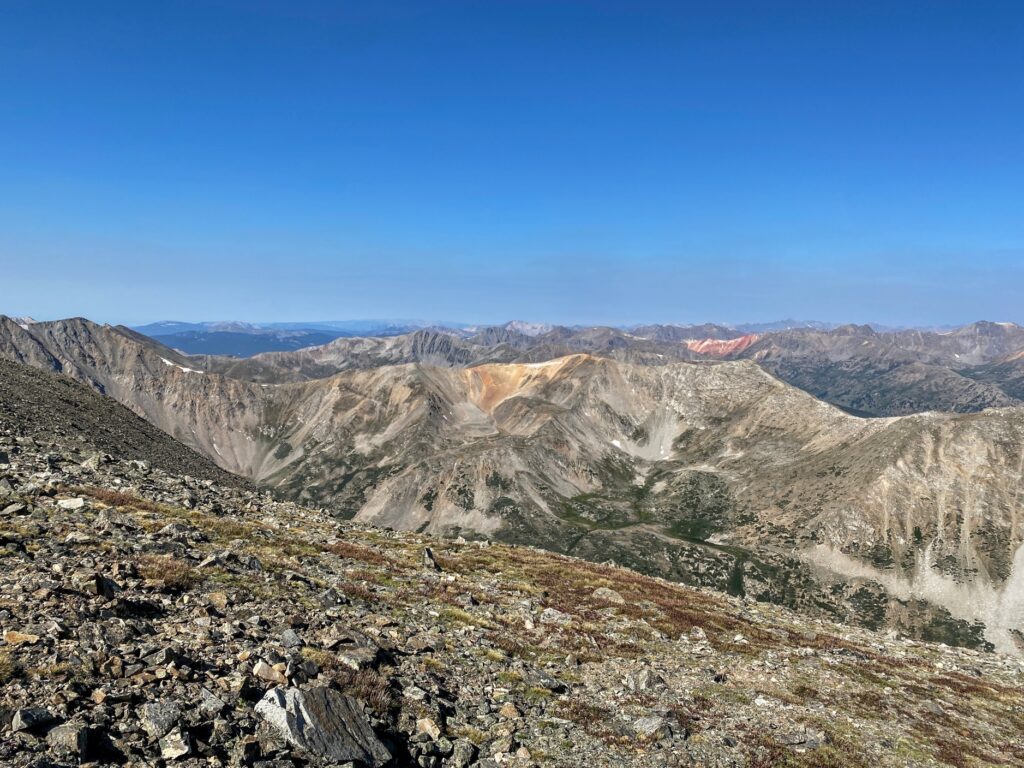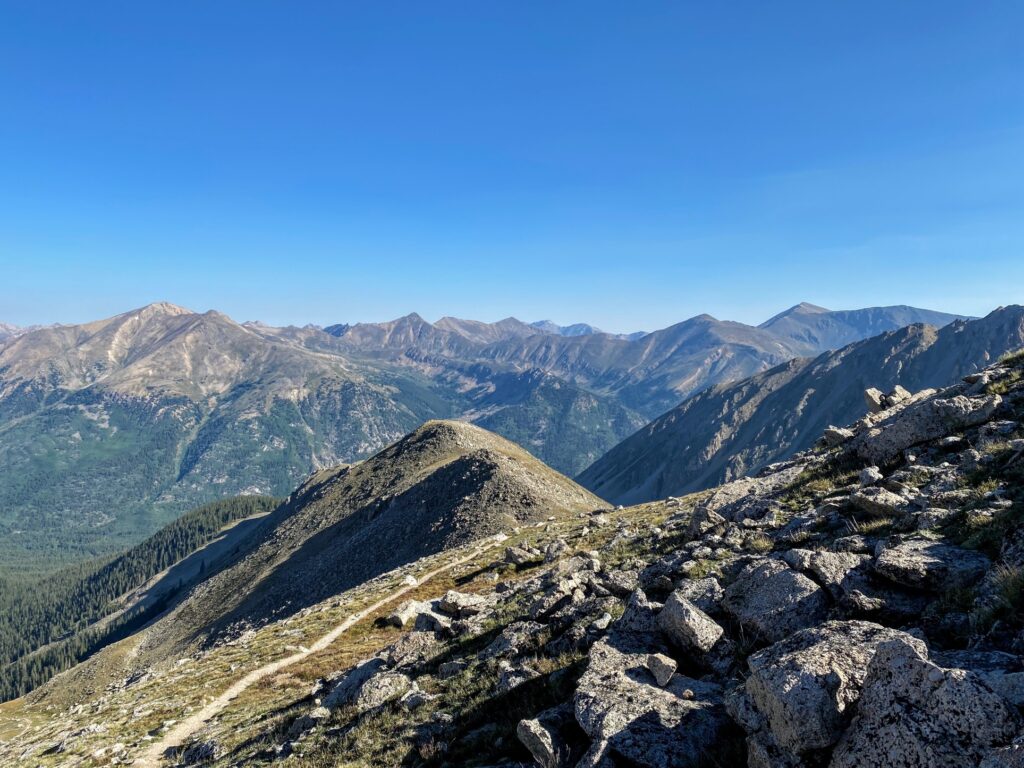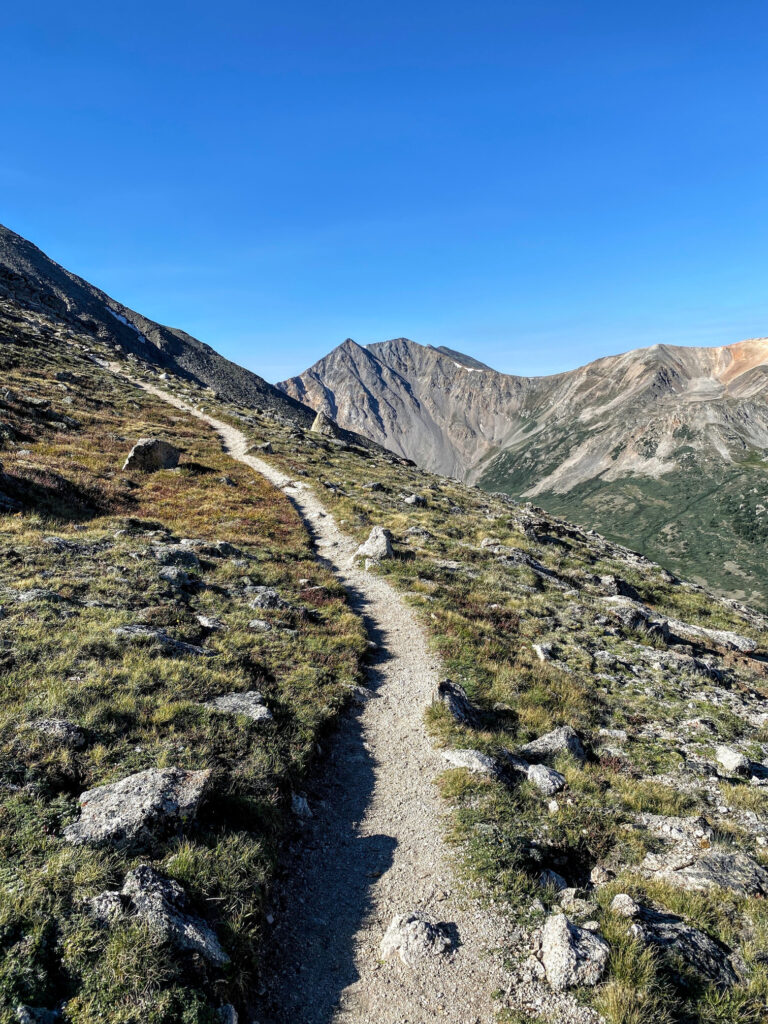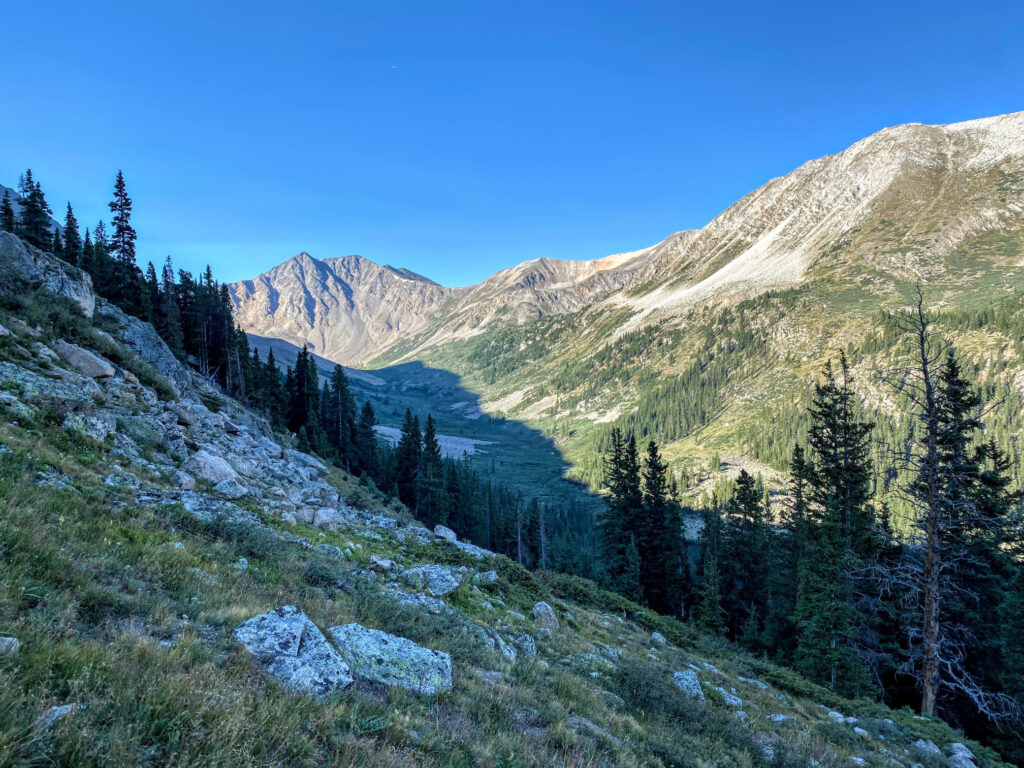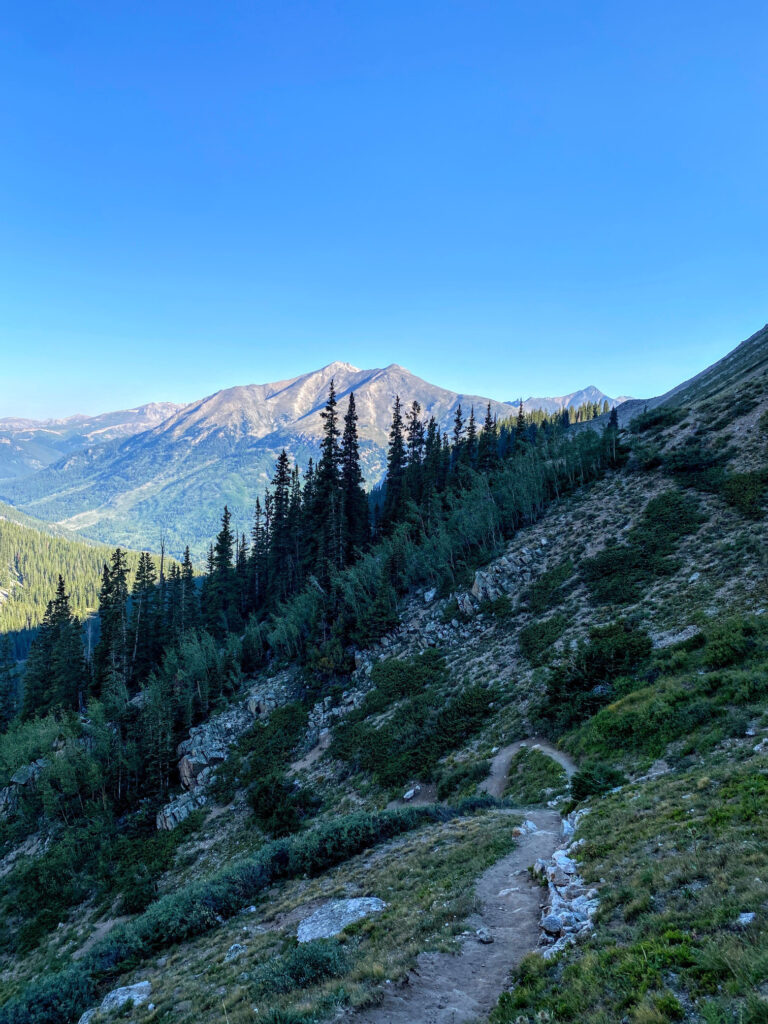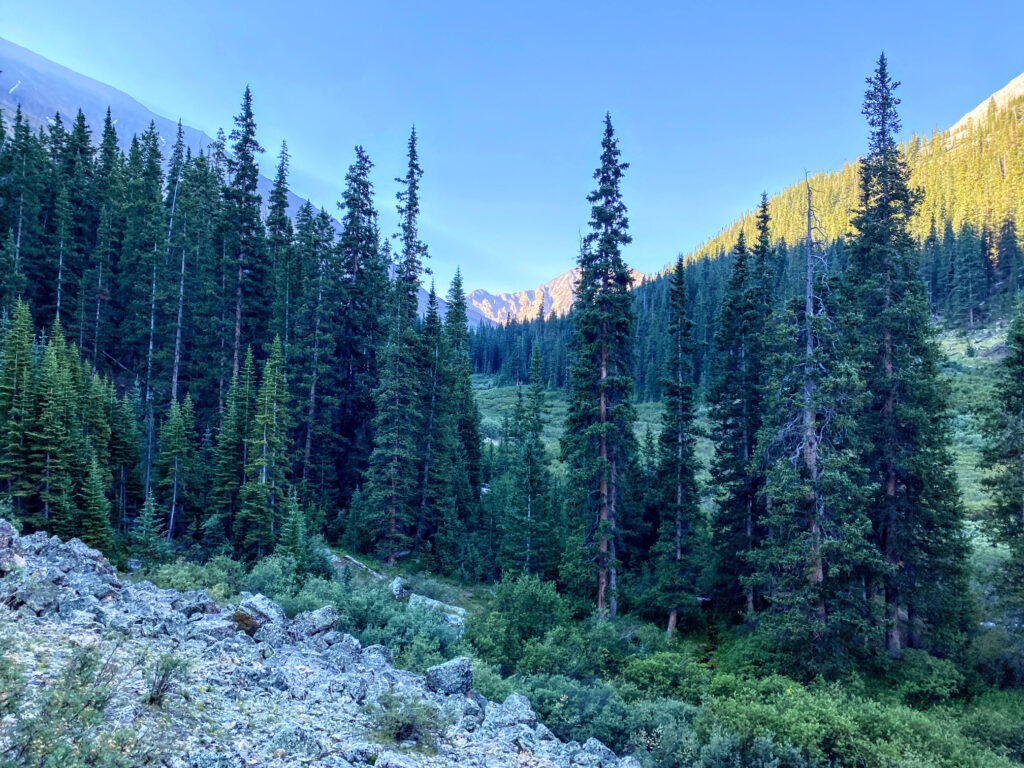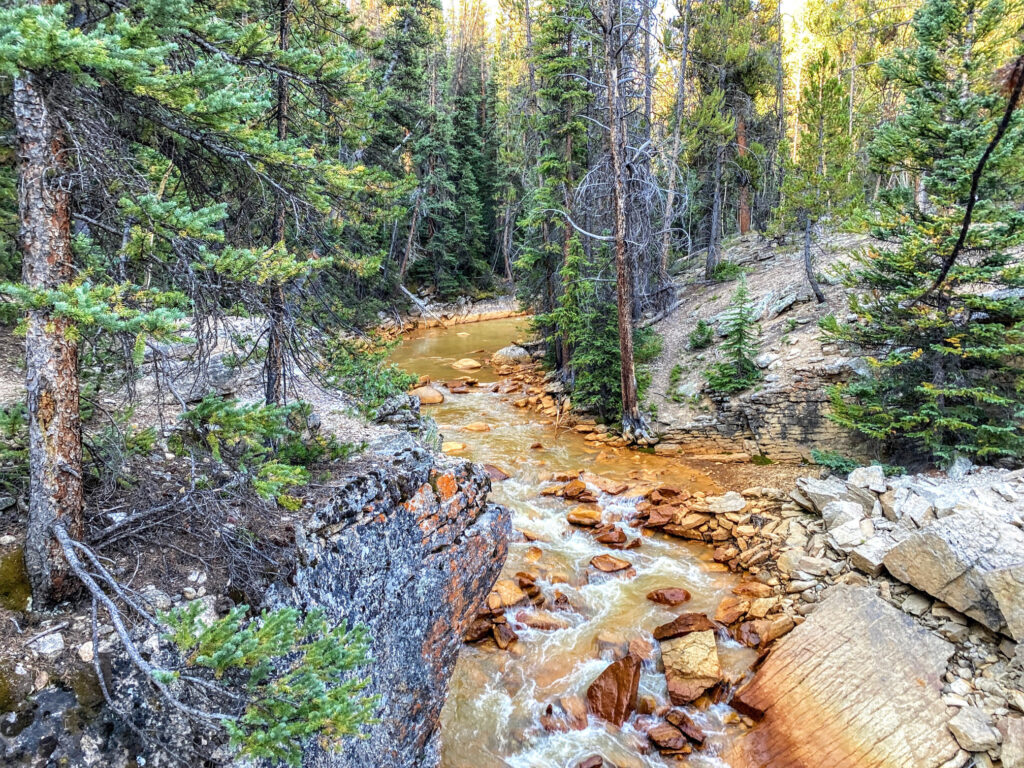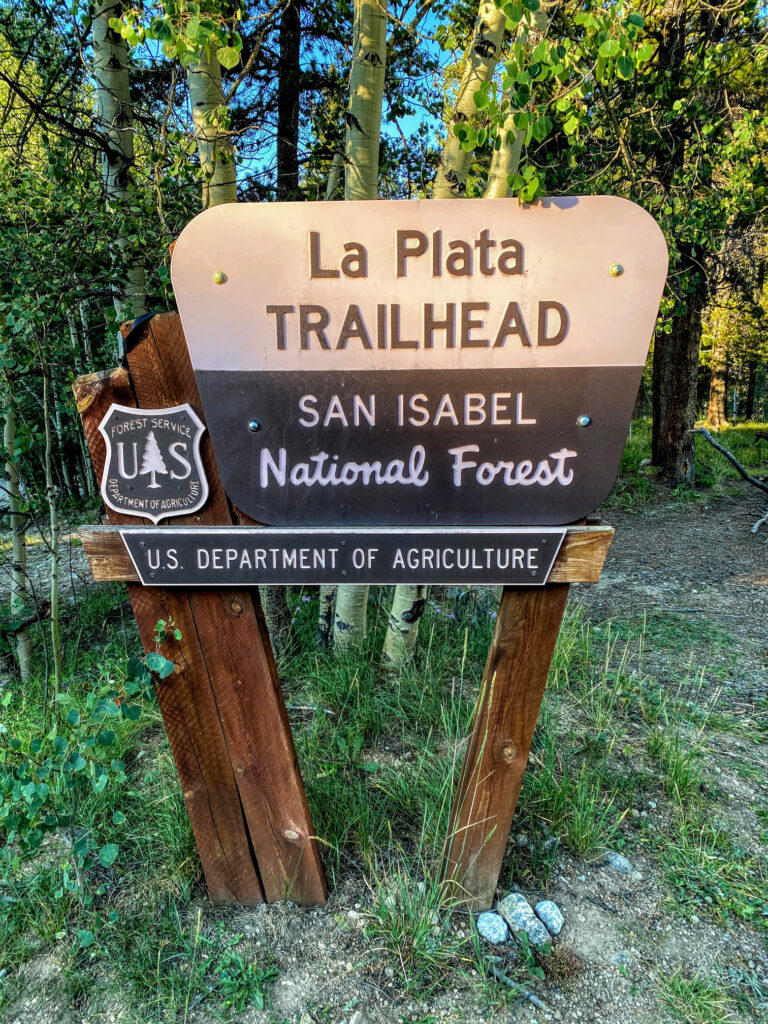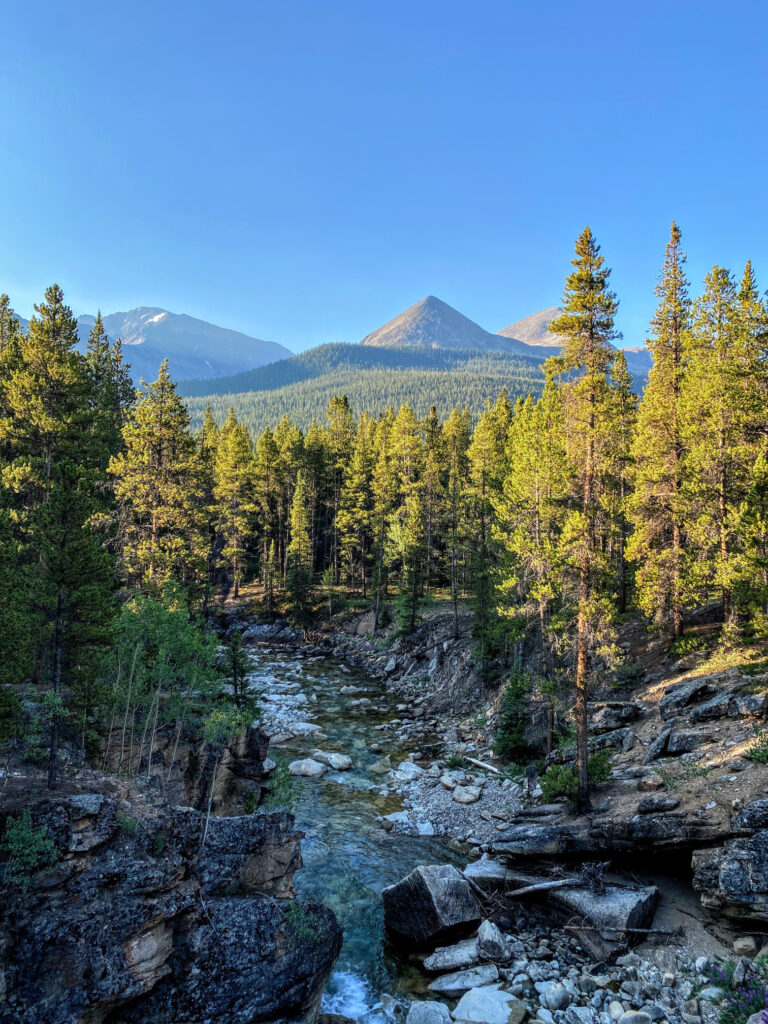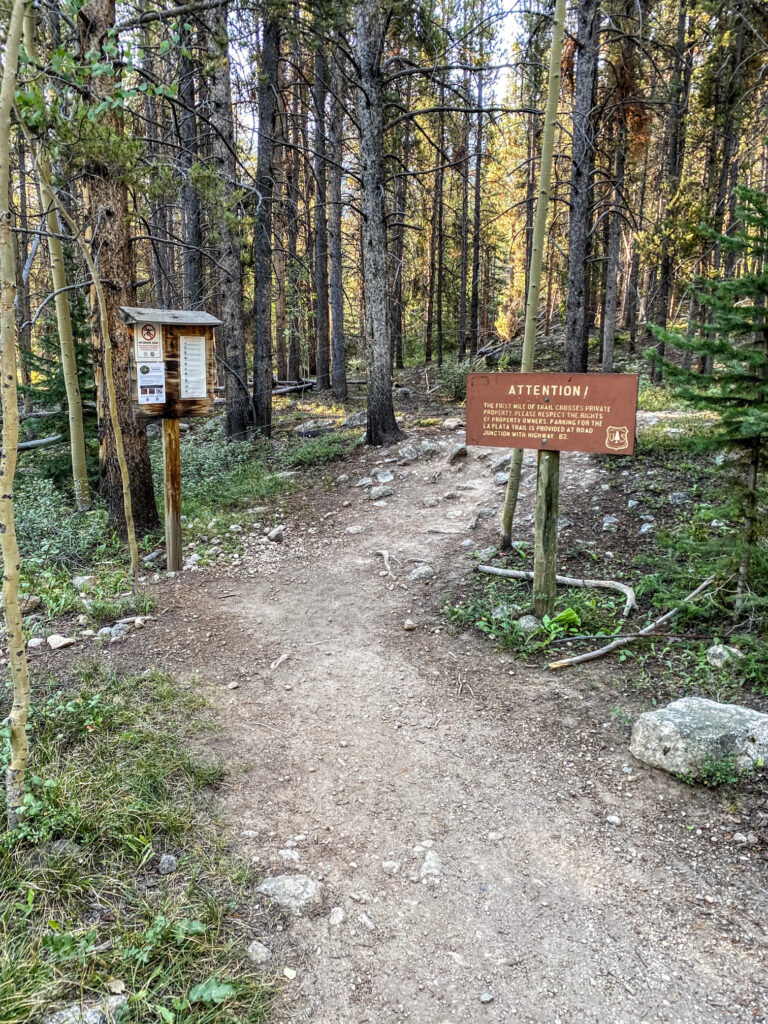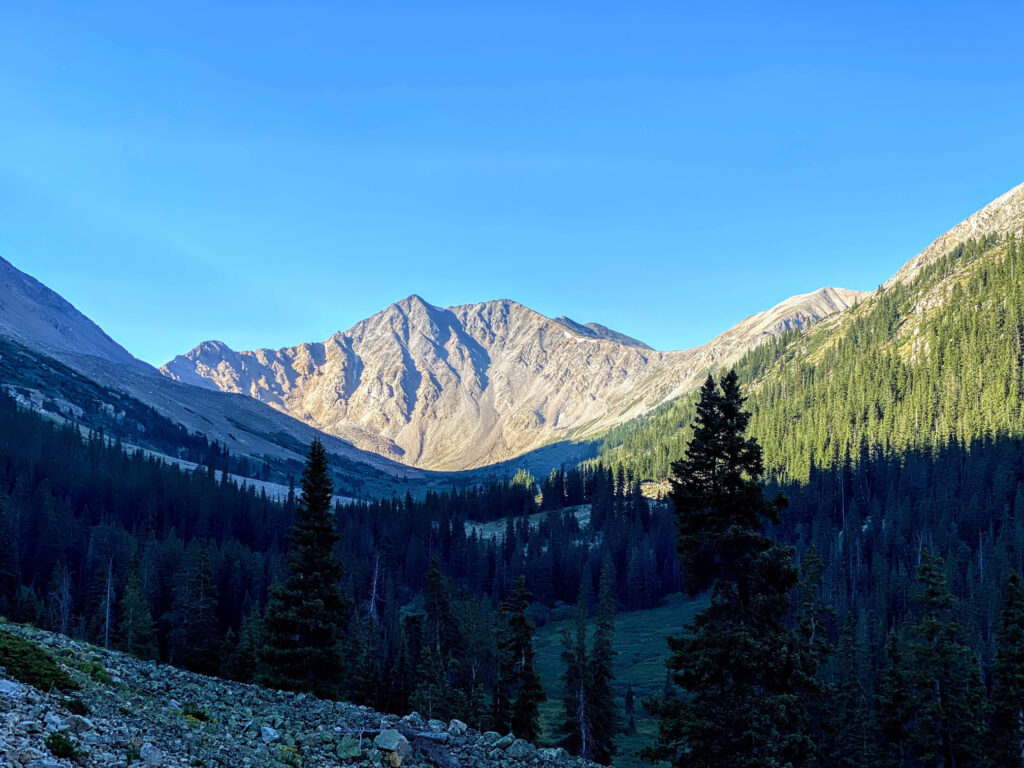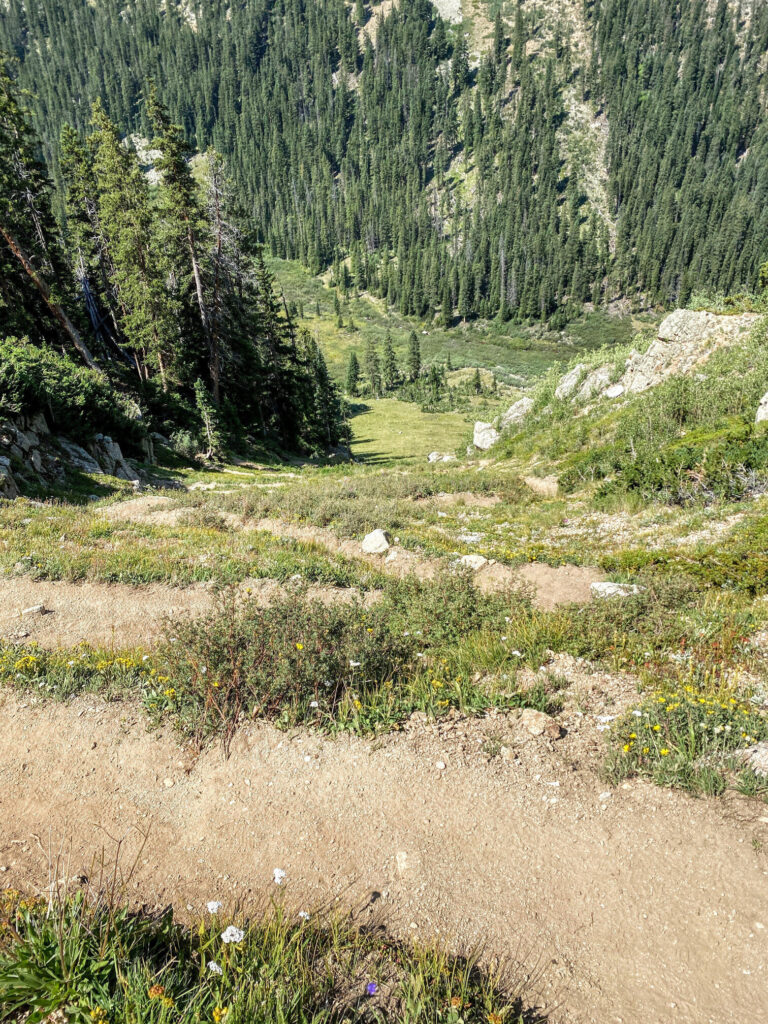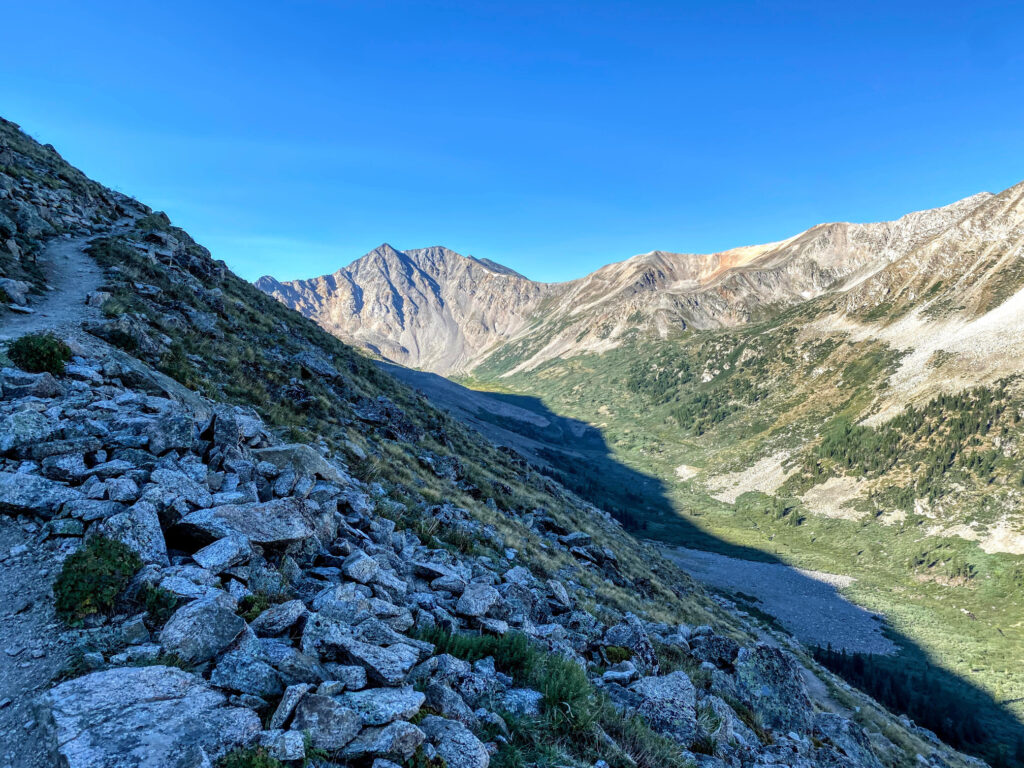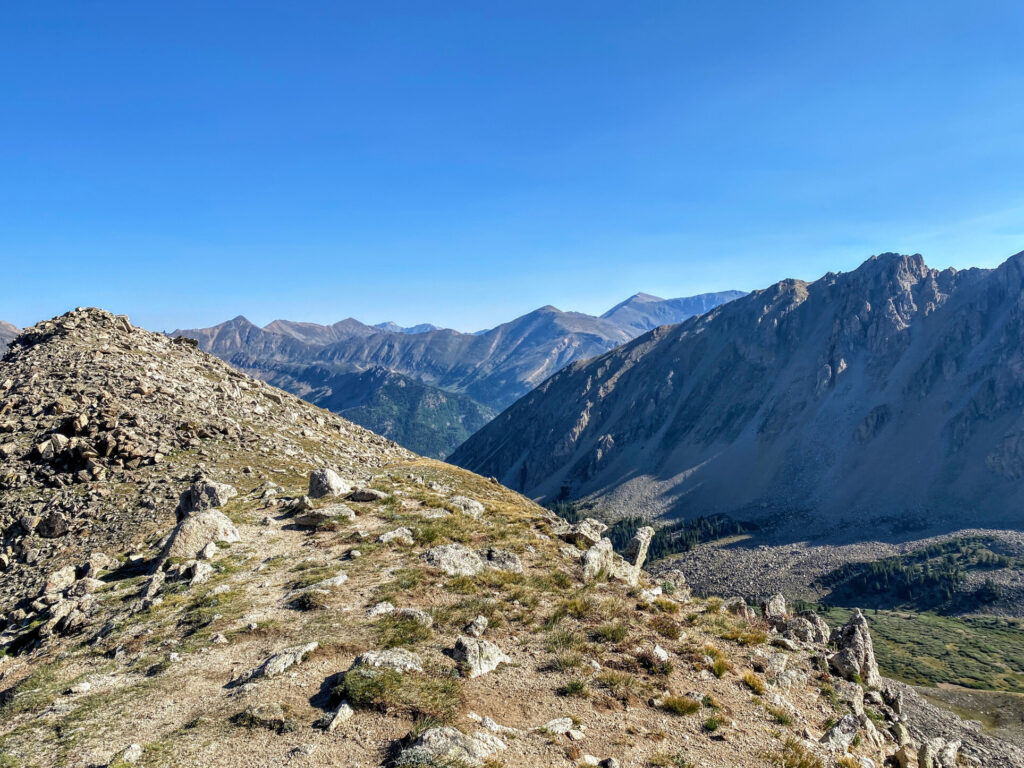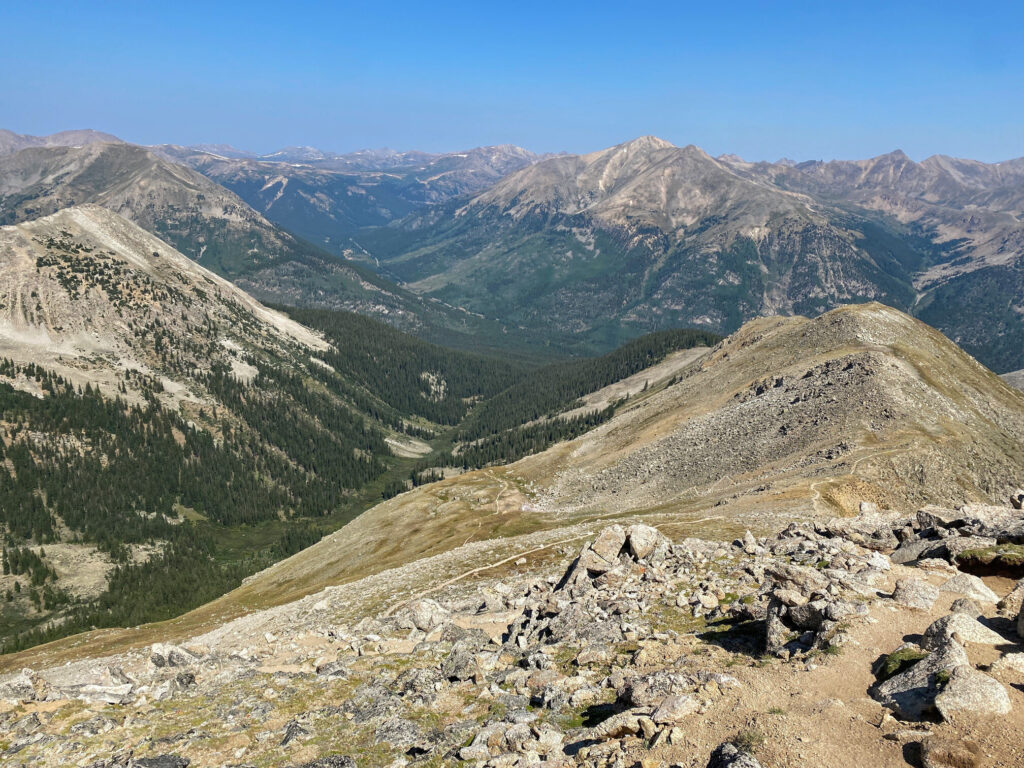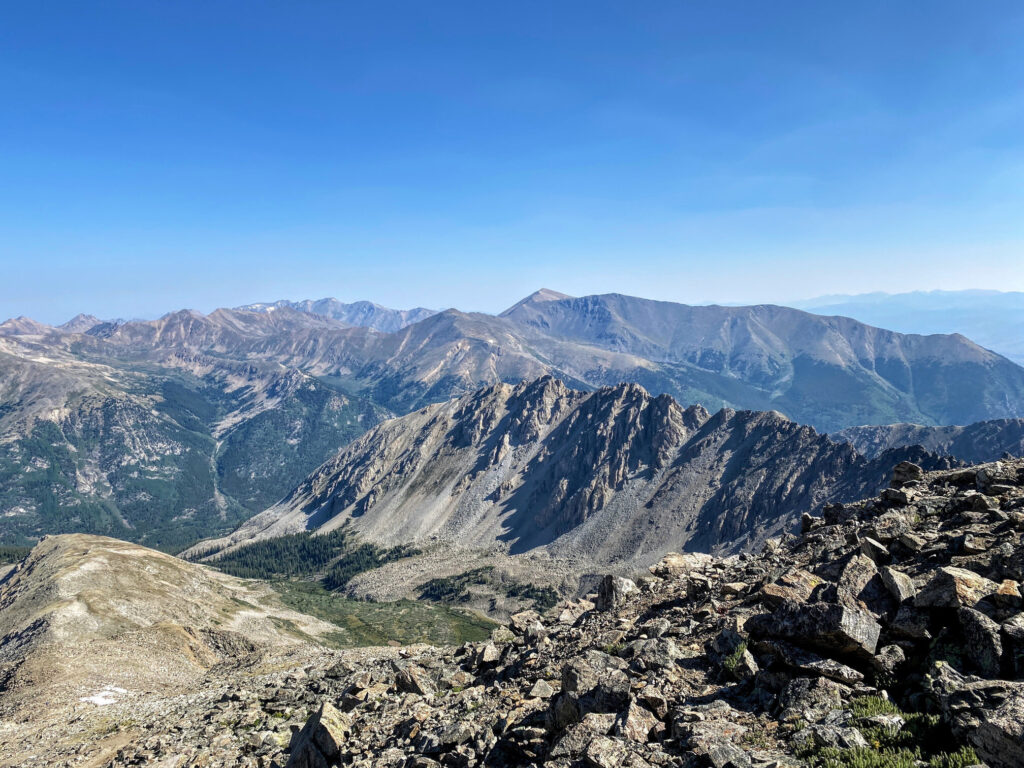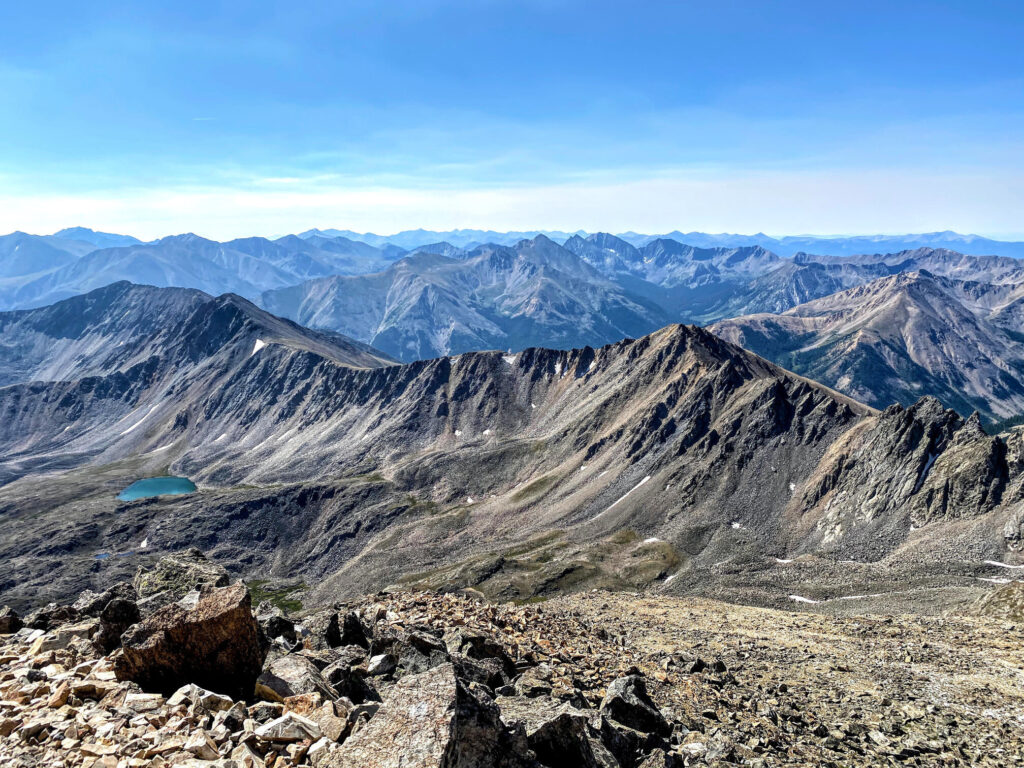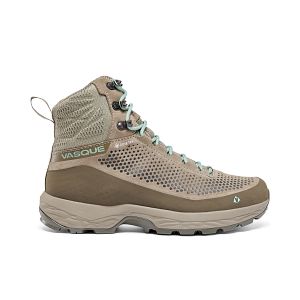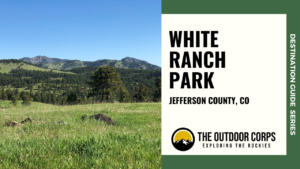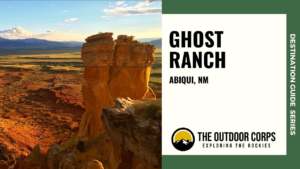La Plata Peak (14,336ft.) is a 14er mountain located in the Sawatch Range, and more specifically within Colorado’s stunning Collegiate Peaks Wilderness. Located near the small town of Twin Lakes, and nestled between Leadville to the northeast and Buena Vista to the southeast, La Plata Peak is a popular draw for visitors seeking to hike Colorado’s 5th tallest mountain.
The Northwest Ridge route is considered the standard route to the summit of La Plata Peak, which begins at the La Plata Trailhead directly off of CO-82 near Lake Creek. This 9.0 mile round-trip route rated is Class 2 and is fairly easy to follow, but requires a steep 4,200ft. ascent (which is a common attribute for many Sawatch Range peaks).
HIKE REVIEW SERIES: La Plata Peak
Mountain Information
The name La Plata Peak (which translates to “Silver” Peak in English), is an homage to the surrounding area’s rich silver mining history. The towns of Vicksburg and Winfield to the south of La Plata Peak in Clear Creek Canyon, now ghost towns, were both silver mining settlements in the 1880s. By the turn of the century, the silver market had crashed and mining operations slowed, leading to the abandonment of these and other surrounding camps in Clear Creek Canyon. Thus, the name La Plata Peak is a fitting reminder of the area’s past.
In terms of the mountain’s location, La Plata Peak is part of the Sawatch Range of the Rocky Mountains and resides within the Collegiate Peaks Wilderness and the San Isabel National Forest. At 14,336ft., La Plata Peak holds the impressive distinction of being the 5th tallest mountain in Colorado.
La Plata Peak
- Summit Elevation: 14,336ft.
- Range: Sawatch
- Sub-Range: Collegiate
- Location: Collegiate Peaks Wilderness
- Nearest Town: Twin Lakes
Trail Guide
Route Information
- Route: Northwest Ridge
- Class: 2
- Type: Out-and-Back
- Trailhead: La Plata
- Trailhead Elevation: 10,150ft.
- Route Length: 9.0 miles
- Elevation Gain: 4,186ft.
Route Overview
The trailhead for the Northwest Ridge route to the summit of La Plata Peak is easily accessible and does not require a 4WD vehicle. The route begins fittingly at the La Plata Trailhead off of CO-82, west of the town of Twin Lakes, CO. The trailhead parking area is small, with enough room for perhaps 15 to 20 vehicles. Thus, an early arrival to secure a parking spot is highly recommended.
The Northwest Ridge route itself is very straightforward, but requires a steep ascent. From the parking area, the route begins along a private road and crosses North Fork Lake Creek to eventually access the formal trailhead. Cross the bridge over South Fork Lake Creek and head east before reaching La Plata Gulch and ascending the Class 1 trail in a southeasterly direction toward the northwest ridge of La Plata Peak. A Class 2 scramble through the talus and boulders will reach the summit to enjoy outstanding views of the Sawatch Range and more.
Route Steps
- Step 1 - Begin at the La Plata Trailhead parking area off of CO-82. From the parking area, head downhill along the private road (82C) toward North Fork Lake Creek. Note that parking is not permitted on this private road.
- Step 2 - Cross a car bridge over North Fork Lake Creek and, on your lefthand side, admire the view of La Plata Peak (in the distance to the left).
- Step 3 - About .3 miles from the parking area and down the private road, reach the true La Plata Trailhead, heading into thicker woodlands.
- Step 4 - In about another .1 miles, reach a footbridge over South Fork Lake Creek and admire the gorge’s waterfall to the righthand side of the bridge.
- Step 5 -After crossing the footbridge, in another .4 miles and at an elevation of ~10,100ft., reach a primitive log bridge over La Plata Gulch creek. Once across the creek, start a steeper ascent through the forest up a series of log steps along the trail. The creek will be to your right side
- Step 6 - At approximately 11,000ft., exit the denser forest and hike through willows in La Plata Gulch as you start to gain some mountain views, especially of Sayres Benchmark (13,738ft.).
- Step 7 - The trail starts to veer to the southeast and begins a steep ascent up a series of switchbacks. The featured photo was taken from about 11,650ft. and looking down at the trail in order to illustrate the steepness of the ascent.
- Step 8 - Once through the series of switchbacks, the trail heads in a more southern direction, ascending a rocky slope towards the ridge. Sayres Benchmark again is featured in the distance.
- Step 9 - Reach the ridge around 12,700ft. La Plata Basin and Ellingwood Ridge will be to the east, and the views all around are spectacular.
- Step 10 - As you ascend the ridgeline, be sure to turn around to take in the incredible ascent thus far. This photo is from approximately 13,000ft., taken from the descent looking north.
- Step 11 - Continuing through the ascent, the trail turns into more talus and boulder hopping. Ellingwood Ridge, an alternative route to the summit of La Plata Peak is featured to the northeast in this photo taken from approximately 14,000ft. Mount Elbert, the tallest peak in Colorado, is also viewable in the distance.
- Step 12 - In the last couple hundred feet of ascent, the route will turn east up through the boulders toward the summit. Enjoy a great view of Red Mountain B (13,500ft.).
- Step 13 - The views from the La Plata Peak summit are absolutely stunning. Crystal Lake, Mount Blaurock (13,623ft.), and Ervin Peak (13,531ft.) can be seen to the south, among the seemingly endless mountain vista.
- Step 14 - After taking in the views from the summit, descend the route you just ascended to reach the summit. The overall return trip back to the La Plata Trailhead parking area from the La Plata Peak summit is about 4.5 miles. Cross the South and North Forks of Lake Creek and end back at the trailhead’s main parking area off of CO-82 and enjoy the accomplishment of climbing the 5th tallest peak in Colorado.
Planning Tips
Getting There
From Leadville, CO, begin on Silver Dr., which turns into Front St./US-24 E. Stay on US-24 E for about 14 miles, then turn right onto CO-82 W toward Twin Lakes. From the town of Twin Lakes, reach the La Plata Trailhead in about eight miles on the right of CO-82.
From Buena Vista, CO, drive through town on US-24 W towards Granite, CO. Turn left at the intersection with CO-82 W toward Twin Lakes. From the town of Twin Lakes, reach the La Plata Trailhead in about eight miles on the right of CO-82.
Parking
The La Plata Trailhead parking area is located off of CO-82, just west of the town of Twin Lakes and adjacent to Lake Creek. Parking here is very limited, with room for about 15-20 vehicles in the lot itself. Parking is not permitted on the private road near the trailhead. As with all 14er hikes, we recommend an early arrival to secure a decent parking spot.
Camping
There are a number of nearby campground options within reasonable proximity to the La Plata Trailhead. As with all campgrounds near 14er trailheads, they usually fill quickly, so try to reserve in advance when applicable.
- Twin Peaks Campground: The Twin Peaks Campground has about 40 campsites, all of which are first-come, first-served and not reservable in advance. A few of the campsites are ‘walk-in only,’ but the vast majority are standard campsites with parking. The Twin Peaks Campground is very close to the La Plata Trailhead, and about 3.5 miles west of Twin Lakes on CO-82. Campsites are $23.00 per night.
- Parry Peak Campground: The Parry Peak Campground has about 25 campsites, all of which are first-come, first-served and not reservable in advance. The campground is about 2.5 miles west of Twin Lakes on CO-82 and located along Lake Creek, near the Willis Gulch Trailhead. Campsites are $22.00 per night.
- Lakeview Campground: The Lakeview Campground is a larger campground northeast of the town of Twin Lakes, with about 60 campsites in total. Most campsites are reservable in advance for $24.00 per night.
- White Star Campground: The White Star Campground is another larger campground east of the town of Twin Lakes, with about 65 campsites in total. This campsite is very close to the Twin Lakes Reservoir. Most campsites are reservable in advance for $24.00 per night in the Sage Loop and $23.00 per night in the Ridge and Valley Loops.
Pets
Dogs are permitted on leash in the Collegiate Peaks Wilderness. Note that 14er hikes, such as La Plata Peak, require scrambling and extended exposure above tree line, which could pose challenges for some dogs and risk heat exhaustion in the summer. Also, during peak hiking months, 14er trails can become extremely crowded. For these reasons, we do not advise bringing your pet. However, if you do opt to bring your pet, please abide by leash regulations.
Weather Forecast
Always check the weather forecast before venturing into alpine country. La Plata Peak is at an elevation of 14,336ft. and thunderstorms/lightning are frequent occurrences in Colorado during the prime summer hiking season. Plan ahead and if the weather does not look ideal, try your 14er summit adventure for another day. Safety first!
RECOMMENDED HIKING APPAREL AND GEAR
Ten Essentials
When hiking in Colorado, you should always be prepared for sudden changes in weather, especially on 14er hikes. Therefore, you should carry the appropriate type and amount of gear, clothing, food, water, and other essentials. For certain, make sure that your packing list includes the Ten Essentials. It’s best to always be prepared!
Hiking Boots
The Vasque Torre hiking boots are incredibly lightweight, provide excellent traction, and are quite affordable for their versatility. We like the Vasque Torre’s for everyday hiking that includes a bit of scrambling. In addition, with the “GORE-TEX” construction, you don’t have to worry about damp feet if the weather turns or you have to splash through streams or puddles along the way.
Hiking Pants
We love prAna’s hiking pants for their quality and versatility. Indeed, their Zion (for men) and Halle (for women) are great on- and off-trail, especially for travel. Constructed with a durable UPF-50 fabric, a water-repellant finish, and utility pockets, these have become a staple in our wardrobe. Remember that it can be rather chilly at alpine elevations, so consider hiking pants rather than shorts (both for warmth and sun protection).
Hiking Shirt
It can get chilly during alpine outings, particularly when you start early in the morning. Therefore, we typically opt for a long sleeve but lightweight shirt to keep us warm when it’s cold, but keeps us cool when we are working up a sweat later in the day. The no-cotton rule applies to shirts just as it does for pants and other articles of clothing.
Our preferred hiking shirt in the summer is Outdoor Research’s Echo Hoody because of its UPF sun protection qualities and lightweight (4oz.) breathable construction. The shirt has a hood for added neck protection and has thumbholes to protect your hands from sun exposure, if you opt to not wear sun gloves. Outdoor Research also makes different varieties of the Echo shirt (e.g., quarter zip, long sleeve without hood, t-shirt, etc.) if you prefer another style.
Insulated Jacket
The Arc’teryx Atom is easily our favorite insulated jacket. Yes, there may be lighter weight alternatives on the market, but we love the style, fit, packability, and function. Wear the Atom during early morning starts or when you reach the mountain summit. It’s a great addition to an outdoors wardrobe and comes in handy when the temperature dips.
Hiking Socks
For most of our hiking needs, we like Darn Tough socks over the multitude of options on the market. They last long and have an ironclad guarantee. In addition, Darn Tough has a variety of designs, ankle lengths, and cushioning options to choose from. We like the Hiker quarter length with light cushioning.
Headwear/Face Covering
We often wear a Buff as a neck gaiter to protect from the sun, given its UPF 50 protective construction. Buffs are also a great option to use as a face covering on the trail. In fact, there are 12+ ways of wearing a Buff, so it’s a versatile piece of gear.
Day Pack
To summit La Plata Peak, we like REI Co-op’s Flash 22L pack for its affordability, lightweight design, and overall versatility. This pack has enough storage for a day hike and side pockets are available to store Nalgene bottles or other equipment. It is also hydration reservoir compatible. We think the 22L version has the perfect capacity, though REI does have an even smaller Flash 18L with a drawcord top.
Trekking Poles
Although trekking poles are optional and a matter of preference, we prefer to use them for added stability. We recommend choosing the lightest weight poles your budget can afford. The Black Diamond Distance Z is our top choice due to its extremely lightweight construction. If you are seeking just one pole, rather than two, consider Gossamer Gear’s LT5, which can be purchased individually.
Helmet
There are plenty of good, versatile helmets in the market place, but we favor Petzl’s helmets for mixed use – mountaineering, climbing, etc. Plus, Petzl is known for making high quality climbing equipment and is a brand we trust with such a vital piece of safety gear. The Petzl Sirocco is our go-to option for its comfort and design, but Petzl has a wide array of quality helmets at various price points.
recommended books
In our opinion, the best guidebook for information on Colorado’s 14er mountains is Gerry Roach’s Colorado’s Fourteeners: From Hikes to Climbs. All other guidebooks pale in comparison. Thus, this book will suit you well for hiking La Plata Peak, and come in handy for any future 14er adventures.
Although the Northwest Ridge route to La Plata Peak is fairly straightforward, we always recommend carrying a map such as the Collegiate Peaks Wilderness Area – National Geographic Trails Illustrated Map. In addition, we included a couple of our favorite field guides for plant and bird identification. These guides provide useful information that adds to the outdoors experience and help answer questions about animal and flower species.
- Colorado’s Fourteeners: From Hikes to Climbs
- The Complete Guide to Colorado’s Wilderness Areas
- Collegiate Peaks Wilderness Area – National Geographic Trails Illustrated Map
- Rocky Mountain Wildflowers Field Guide
- Sibley Birds West: Field Guide to Birds of Western North America
- American Birding Association Field Guide to the Birds of Colorado
- Mammals of Colorado Field Guide
- Roadside Geology of Colorado
Disclosure: Please note that this post contains affiliate links. We may receive a small commission if you buy a product or service through an affiliate link. This revenue helps us provide readers with helpful content to plan amazing adventures.

